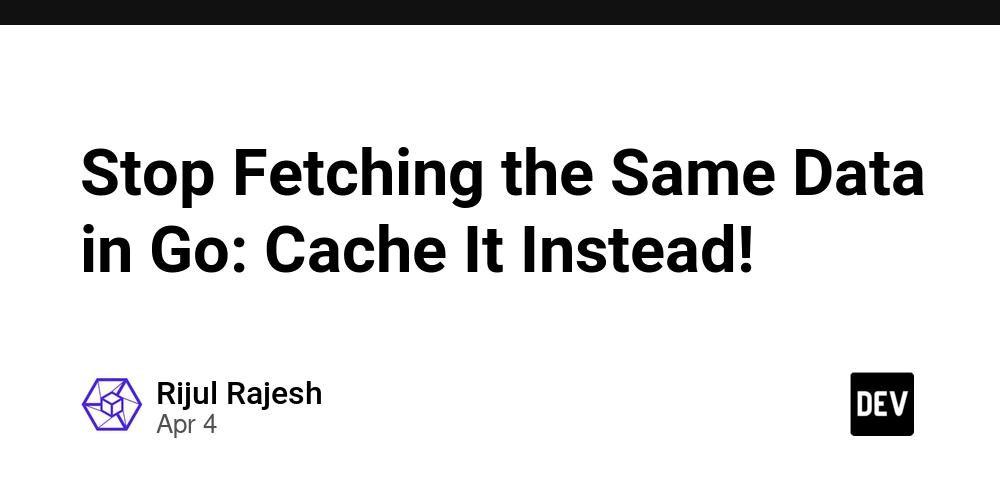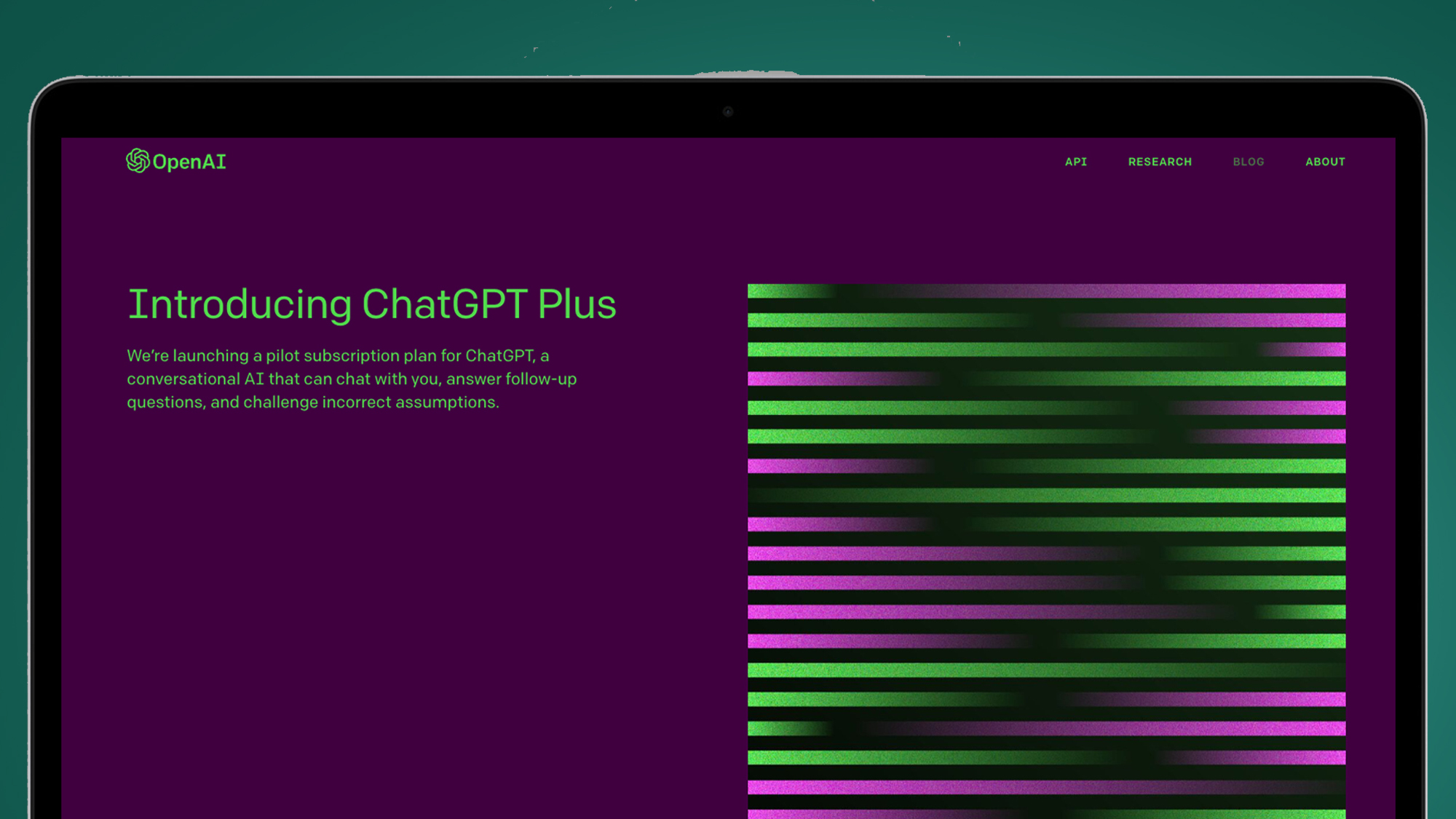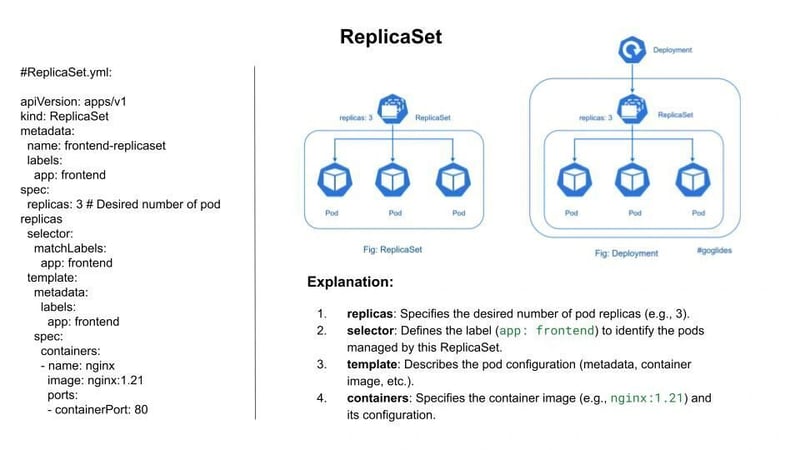How to Use APIs in Your Applications
How to Use APIs in Your Applications APIs (Application Programming Interfaces) are the backbone of modern software development. They allow different applications to communicate, share data, and extend functionality without requiring developers to build everything from scratch. Whether you're fetching weather data, processing payments, or integrating social media features, APIs make it possible. In this guide, we'll explore how to use APIs in your applications effectively, covering authentication, making requests, handling responses, and best practices. Plus, if you're looking to monetize your web development skills, check out MillionFormula for opportunities to turn your expertise into income. What is an API? An API is a set of protocols and tools that allows different software systems to interact. It defines the methods and data formats applications can use to request and exchange information. APIs can be: RESTful APIs – Use HTTP requests (GET, POST, PUT, DELETE) and return JSON/XML. GraphQL APIs – Allow clients to request only the data they need. SOAP APIs – Use XML-based messaging for structured communication. For most modern web applications, REST and GraphQL are the most common choices. How to Use an API in Your Application 1. Find and Choose an API Before integrating an API, you need one that suits your needs. Some popular APIs include: OpenWeatherMap – Weather data Stripe API – Payment processing Twitter API – Social media integration Google Maps API – Location services Ensure the API has good documentation, rate limits that fit your needs, and reliable uptime. 2. Get an API Key (Authentication) Most APIs require authentication, usually via: API Keys – A unique identifier passed in headers or URL parameters. OAuth – For user-based authentication (e.g., social logins). JWT Tokens – Used in secure API communications. Example of an API key request in JavaScript: javascript Copy const API_KEY = "your_api_key_here"; const API_URL = `https://api.example.com/data?api_key=${API_KEY}`; fetch(API_URL) .then(response => response.json()) .then(data => console.log(data)); 3. Make HTTP Requests APIs use standard HTTP methods: GET – Retrieve data POST – Send data PUT/PATCH – Update data DELETE – Remove data Here’s how to make a POST request with fetch in JavaScript: javascript Copy fetch('https://api.example.com/users', { method: 'POST', headers: { 'Content-Type': 'application/json', 'Authorization': `Bearer ${API_KEY}` }, body: JSON.stringify({ name: 'John Doe', email: 'john@example.com' }) }) .then(response => response.json()) .then(data => console.log(data)); 4. Handle API Responses APIs typically return responses in JSON or XML. You should: Check for errors (e.g., 404 Not Found, 401 Unauthorized). Parse the response data. Update your application state accordingly. Example error handling: javascript Copy fetch(API_URL) .then(response => { if (!response.ok) { throw new Error(`HTTP error! Status: ${response.status}`); } return response.json(); }) .then(data => console.log(data)) .catch(error => console.error("Fetch error:", error)); 5. Optimize API Usage Use Caching – Store responses to avoid repeated requests. Handle Rate Limits – Respect API usage quotas. Use Pagination – For large datasets, fetch data in chunks. Best Practices for API Integration Read the Documentation – Every API has unique requirements. Secure Your Keys – Never expose API keys in client-side code (use environment variables). Use Retry Mechanisms – If an API fails, retry with exponential backoff. Monitor API Performance – Track response times and errors. Example: Building a Weather App with an API Let’s create a simple weather app using the OpenWeatherMap API. Step 1: Get an API Key Sign up on OpenWeatherMap and get a free API key. Step 2: Fetch Weather Data javascript Copy const API_KEY = "your_openweathermap_key"; const city = "London"; fetch(`https://api.openweathermap.org/data/2.5/weather?q=${city}&appid=${API_KEY}`) .then(response => response.json()) .then(data => { const temp = (data.main.temp - 273.15).toFixed(1); // Convert Kelvin to Celsius console.log(`Temperature in ${city}: ${temp}°C`); }); Step 3: Display Data in HTML html Copy Weather in Temperature: °C fetch(`https://api.openweathermap.org/data/2.5/weather?q=London&appid=${API_KEY}`) .then(response => response.json()) .then(data => { document.getElementById("city").textContent = data.name; document.getElementById("temp").textContent = (data.main.temp - 273.15).toFixed(1); }); Run HTML Conclusion APIs empower developers to build feature-rich applications without reinventing the wheel. By following best practices—securing keys, handling err

How to Use APIs in Your Applications
APIs (Application Programming Interfaces) are the backbone of modern software development. They allow different applications to communicate, share data, and extend functionality without requiring developers to build everything from scratch. Whether you're fetching weather data, processing payments, or integrating social media features, APIs make it possible.
In this guide, we'll explore how to use APIs in your applications effectively, covering authentication, making requests, handling responses, and best practices. Plus, if you're looking to monetize your web development skills, check out MillionFormula for opportunities to turn your expertise into income.
What is an API?
An API is a set of protocols and tools that allows different software systems to interact. It defines the methods and data formats applications can use to request and exchange information. APIs can be:
- RESTful APIs – Use HTTP requests (GET, POST, PUT, DELETE) and return JSON/XML.
- GraphQL APIs – Allow clients to request only the data they need.
- SOAP APIs – Use XML-based messaging for structured communication.
For most modern web applications, REST and GraphQL are the most common choices.
How to Use an API in Your Application
1. Find and Choose an API
Before integrating an API, you need one that suits your needs. Some popular APIs include:
- OpenWeatherMap – Weather data
- Stripe API – Payment processing
- Twitter API – Social media integration
- Google Maps API – Location services
Ensure the API has good documentation, rate limits that fit your needs, and reliable uptime.
2. Get an API Key (Authentication)
Most APIs require authentication, usually via:
- API Keys – A unique identifier passed in headers or URL parameters.
- OAuth – For user-based authentication (e.g., social logins).
- JWT Tokens – Used in secure API communications.
Example of an API key request in JavaScript:
javascript
Copy
const API_KEY = "your_api_key_here"; const API_URL = `https://api.example.com/data?api_key=${API_KEY}`; fetch(API_URL) .then(response => response.json()) .then(data => console.log(data));
3. Make HTTP Requests
APIs use standard HTTP methods:
- GET – Retrieve data
- POST – Send data
- PUT/PATCH – Update data
- DELETE – Remove data
Here’s how to make a POST request with fetch in JavaScript:
javascript
Copy
fetch('https://api.example.com/users', { method: 'POST', headers: { 'Content-Type': 'application/json', 'Authorization': `Bearer ${API_KEY}` }, body: JSON.stringify({ name: 'John Doe', email: 'john@example.com' }) }) .then(response => response.json()) .then(data => console.log(data));
4. Handle API Responses
APIs typically return responses in JSON or XML. You should:
- Check for errors (e.g.,
404 Not Found,401 Unauthorized). - Parse the response data.
- Update your application state accordingly.
Example error handling:
javascript
Copy
fetch(API_URL) .then(response => { if (!response.ok) { throw new Error(`HTTP error! Status: ${response.status}`); } return response.json(); }) .then(data => console.log(data)) .catch(error => console.error("Fetch error:", error));
5. Optimize API Usage
- Use Caching – Store responses to avoid repeated requests.
- Handle Rate Limits – Respect API usage quotas.
- Use Pagination – For large datasets, fetch data in chunks.
Best Practices for API Integration
- Read the Documentation – Every API has unique requirements.
- Secure Your Keys – Never expose API keys in client-side code (use environment variables).
- Use Retry Mechanisms – If an API fails, retry with exponential backoff.
- Monitor API Performance – Track response times and errors.
Example: Building a Weather App with an API
Let’s create a simple weather app using the OpenWeatherMap API.
Step 1: Get an API Key
Sign up on OpenWeatherMap and get a free API key.
Step 2: Fetch Weather Data
javascript
Copy
const API_KEY = "your_openweathermap_key"; const city = "London"; fetch(`https://api.openweathermap.org/data/2.5/weather?q=${city}&appid=${API_KEY}`) .then(response => response.json()) .then(data => { const temp = (data.main.temp - 273.15).toFixed(1); // Convert Kelvin to Celsius console.log(`Temperature in ${city}: ${temp}°C`); });
Step 3: Display Data in HTML
html
Copy
<div id="weather"> <h2>Weather in <span id="city">span>h2> <p>Temperature: <span id="temp">span>°Cp> div> <script> fetch(`https://api.openweathermap.org/data/2.5/weather?q=London&appid=${API_KEY}`) .then(response => response.json()) .then(data => { document.getElementById("city").textContent = data.name; document.getElementById("temp").textContent = (data.main.temp - 273.15).toFixed(1); }); script>Run HTML
Conclusion
APIs empower developers to build feature-rich applications without reinventing the wheel. By following best practices—securing keys, handling errors, and optimizing requests—you can create seamless integrations that enhance user experience.
If you're looking to monetize your web development expertise, explore MillionFormula for ways to turn your skills into income.
Now, go ahead and integrate APIs into your next project!






















































.jpg)
%20Abstract%20Background%20112024%20SOURCE%20Amazon.jpg)


















































































































![[The AI Show Episode 142]: ChatGPT’s New Image Generator, Studio Ghibli Craze and Backlash, Gemini 2.5, OpenAI Academy, 4o Updates, Vibe Marketing & xAI Acquires X](https://www.marketingaiinstitute.com/hubfs/ep%20142%20cover.png)











































































































































































































































































_Christophe_Coat_Alamy.jpg?#)

_Anna_Berkut_Alamy.jpg?#)




























































































![This is Apple’s unreleased 10th anniversary Apple Watch band [Gallery]](https://i0.wp.com/9to5mac.com/wp-content/uploads/sites/6/2025/04/apple-watch-celebration-band0000-2.jpg?resize=1200%2C628&quality=82&strip=all&ssl=1)























































































































































